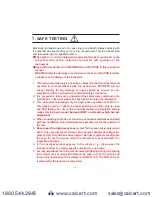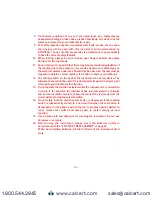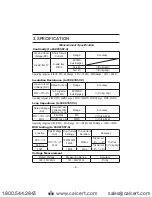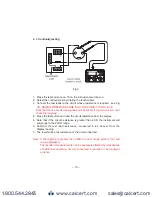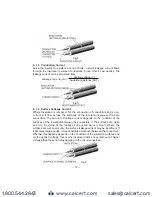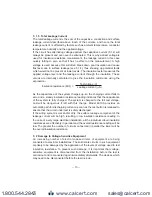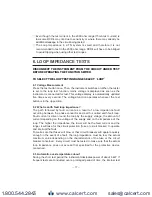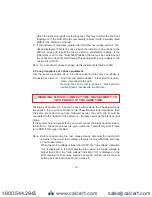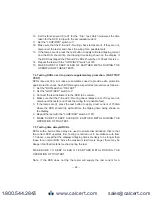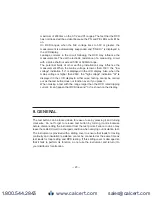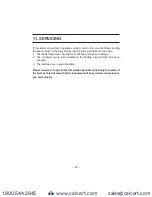
—
11
—
5. INSULATION TESTS
#
WARNING
ENSURE THAT CIRCUITS TO BE TESTED ARE NOT LIVE.
DISCONNECT THE INSTRUMENT FROM THE CIRCUIT UNDER TEST
BEFORE OPERATING THE FUNCTION SWITCH.
TO SELECT THE INSULATION RESISTANCE RANGE SELECT
“
INSULATION
”
5
.
1
The nature of insulation resistance
Live conductors are separated from each other and from earth metal by
insulation, which has a resistance which is high enough to ensure that the
current between conductors and to earth is kept at an acceptably low level.
Ideally insulation resistance is infinite and no current should be able to flow
through it. In practice, there will normally be a current between live conductors
and to earth, and this is known as leakage current. This current is made up of
three components, which are:-
1. capacitive current
2. conduction current, and
3. surface leakage current.
5
.
1
.
2
Capacitive Current
The insulation between conductors which have a potential difference between
them behaves as the dielectric of a capacitor, the conductors acting as the
capacitor plates. When a direct voltage is applied to the conductors, a charging
current will flow to the system which will die away to zero (usually in less than
a second) when the effective capacitor becomes charged. This charge must be
removed from the system at the end of the test, a function which is
automatically performed by Model 6010A. If an alternating voltage is applied
between the conductors, the system continuously charges and discharges as
the applied voltage alternates, so that there is a continuous alternating leakage
current flowing to the system.
www.calcert.com
sales@calcert.com
1.800.544.2843
0
5
10
15
20
25
30



